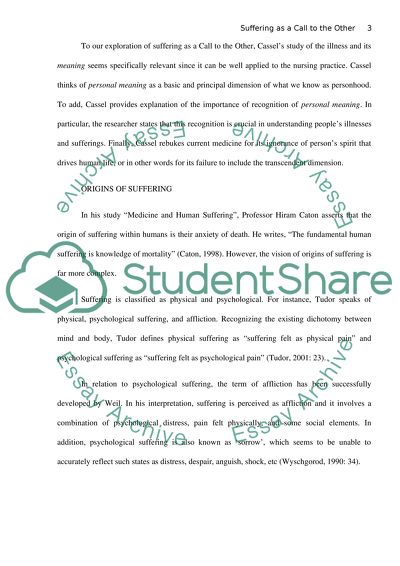Cite this document
(“The idea of suffering as a' call to the Other' Assignment”, n.d.)
Retrieved de https://studentshare.org/nursing/1392460-the-idea-of-suffering-as-a-call-to-the-other-
Retrieved de https://studentshare.org/nursing/1392460-the-idea-of-suffering-as-a-call-to-the-other-
(The Idea of Suffering As a' Call to the Other' Assignment)
https://studentshare.org/nursing/1392460-the-idea-of-suffering-as-a-call-to-the-other-.
https://studentshare.org/nursing/1392460-the-idea-of-suffering-as-a-call-to-the-other-.
“The Idea of Suffering As a' Call to the Other' Assignment”, n.d. https://studentshare.org/nursing/1392460-the-idea-of-suffering-as-a-call-to-the-other-.


